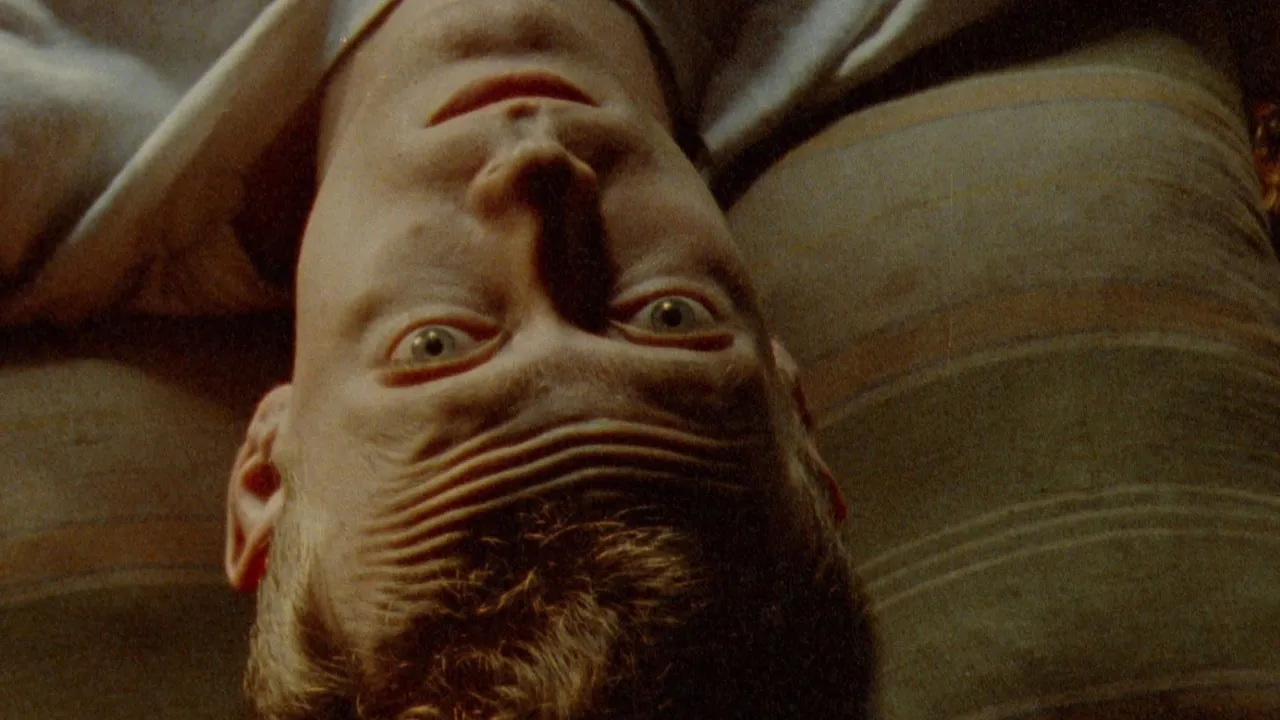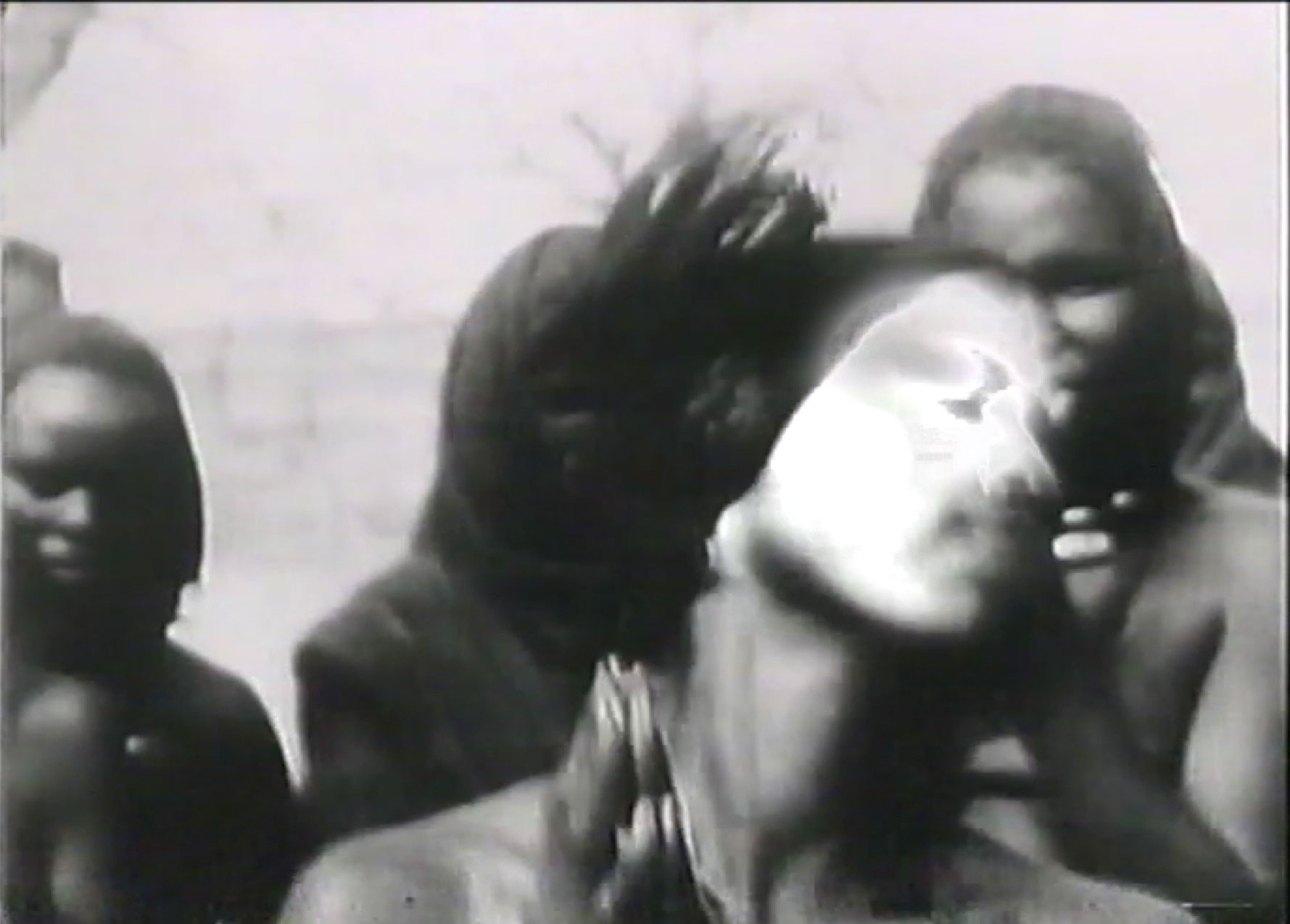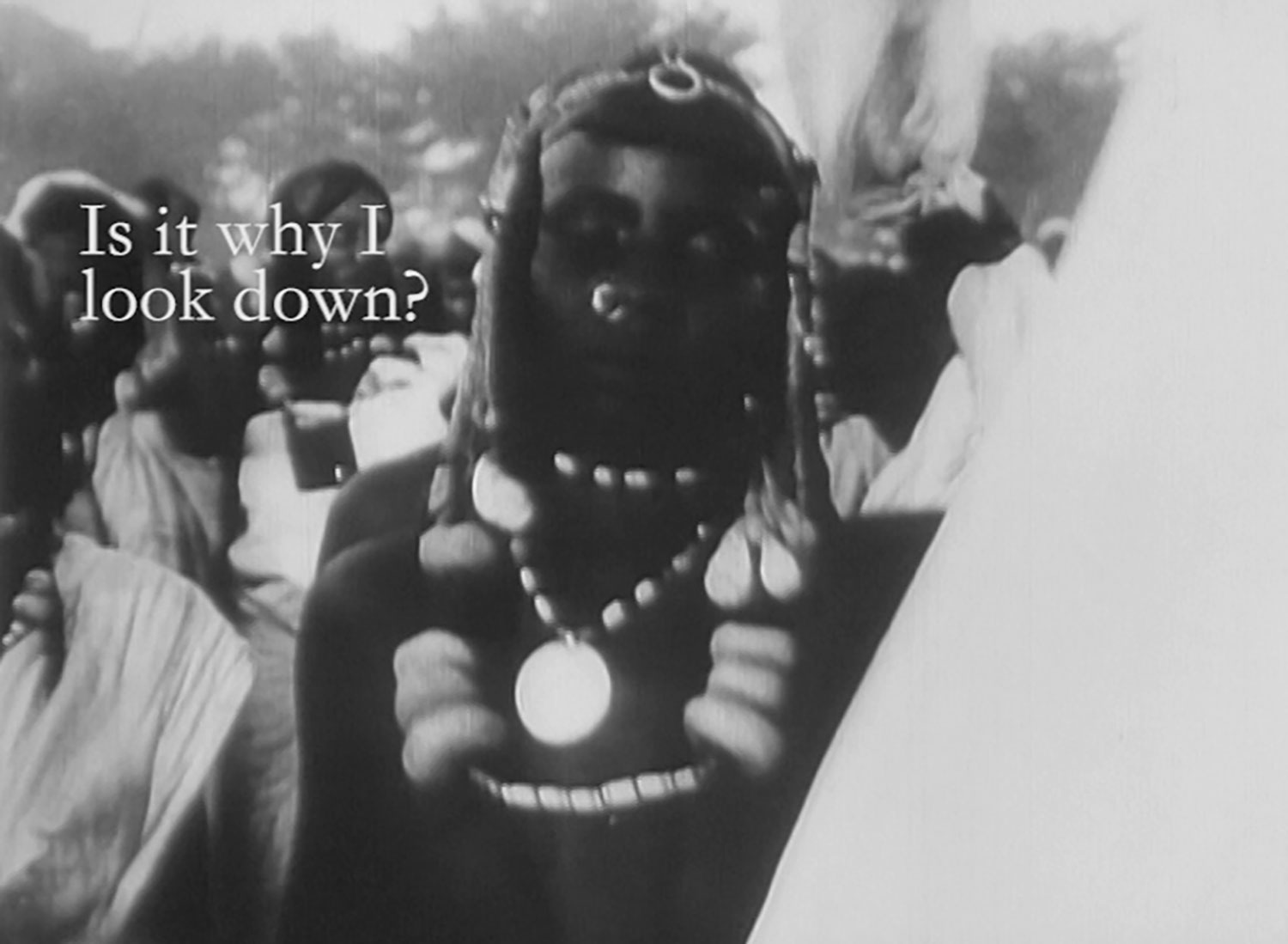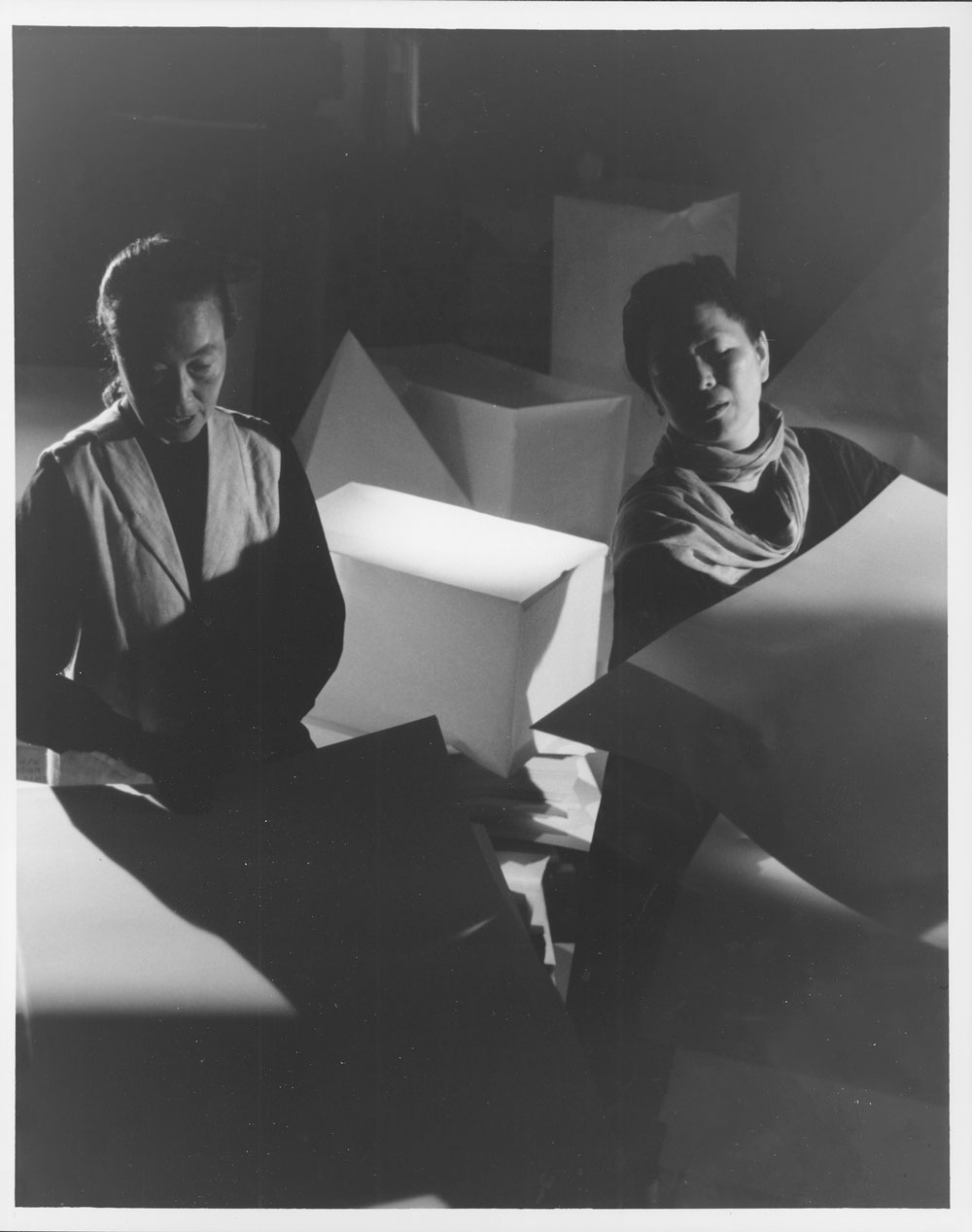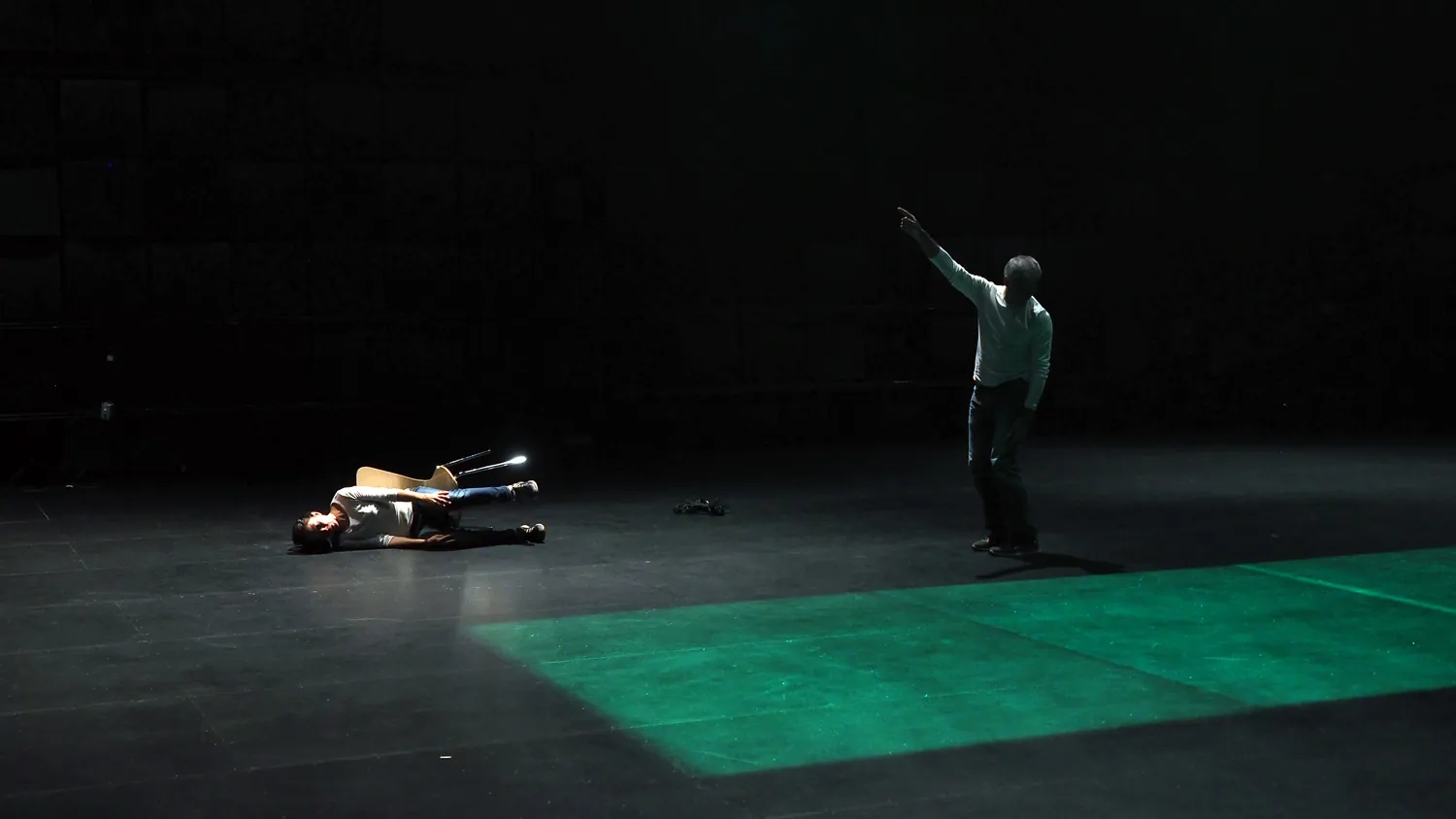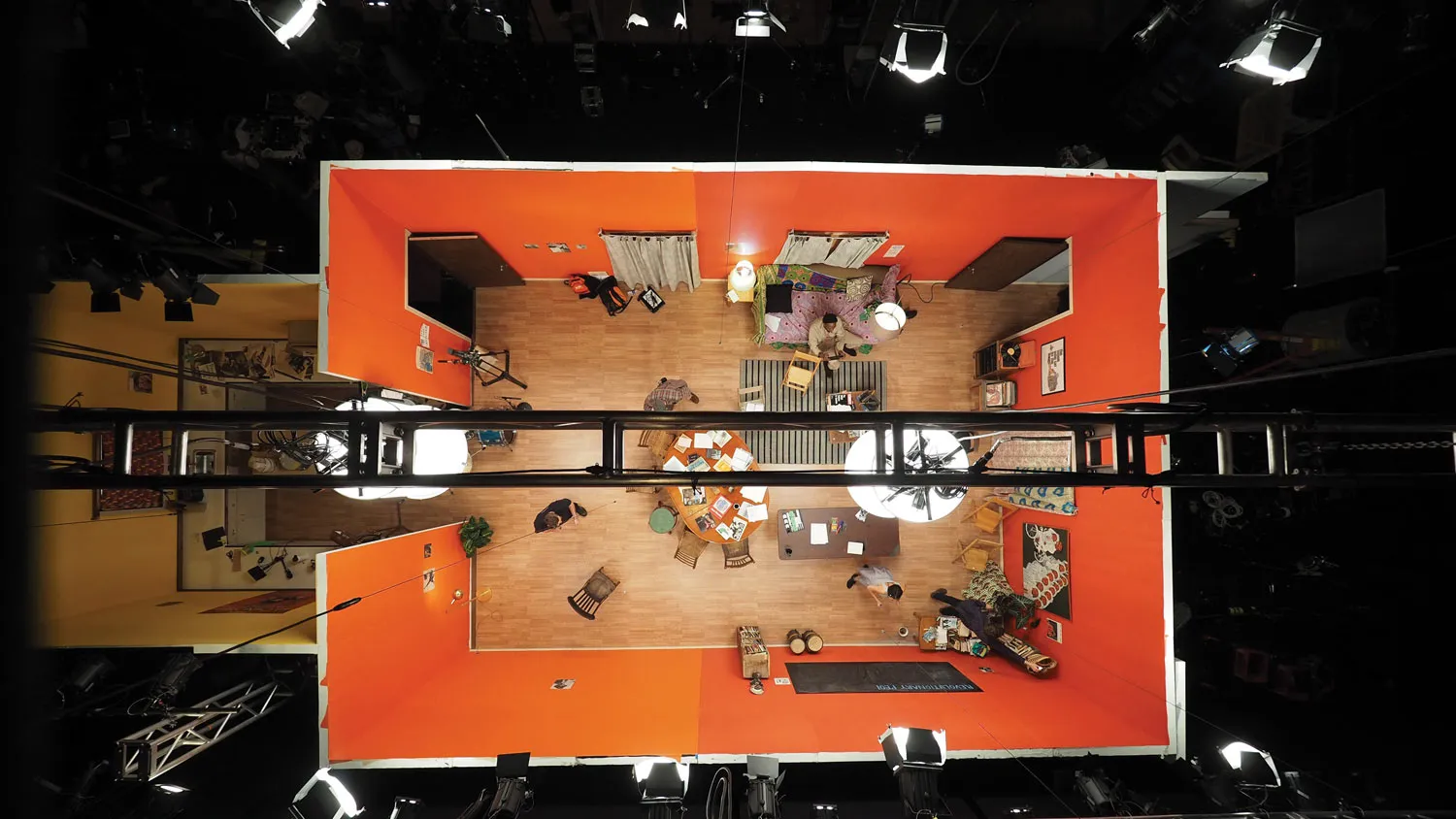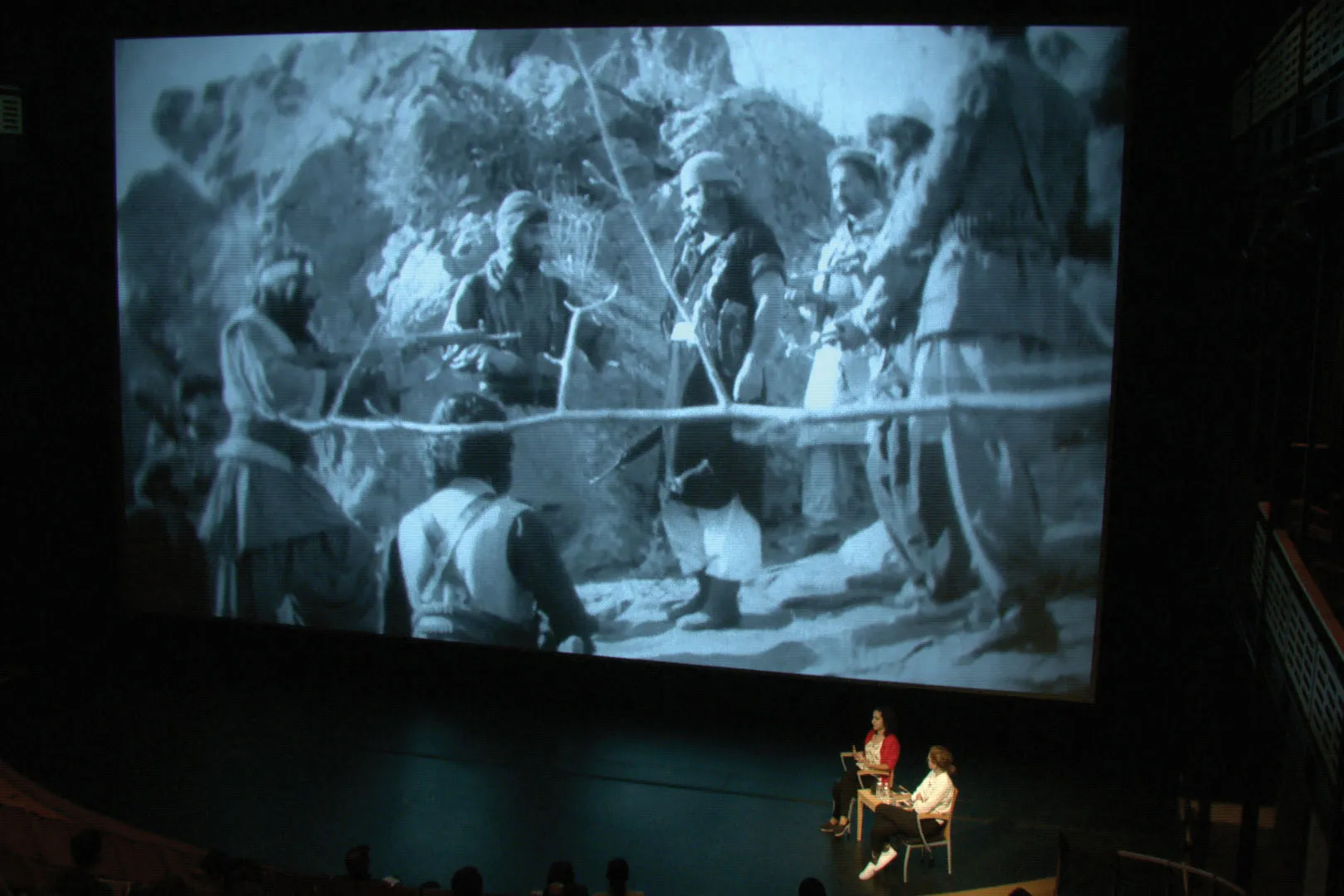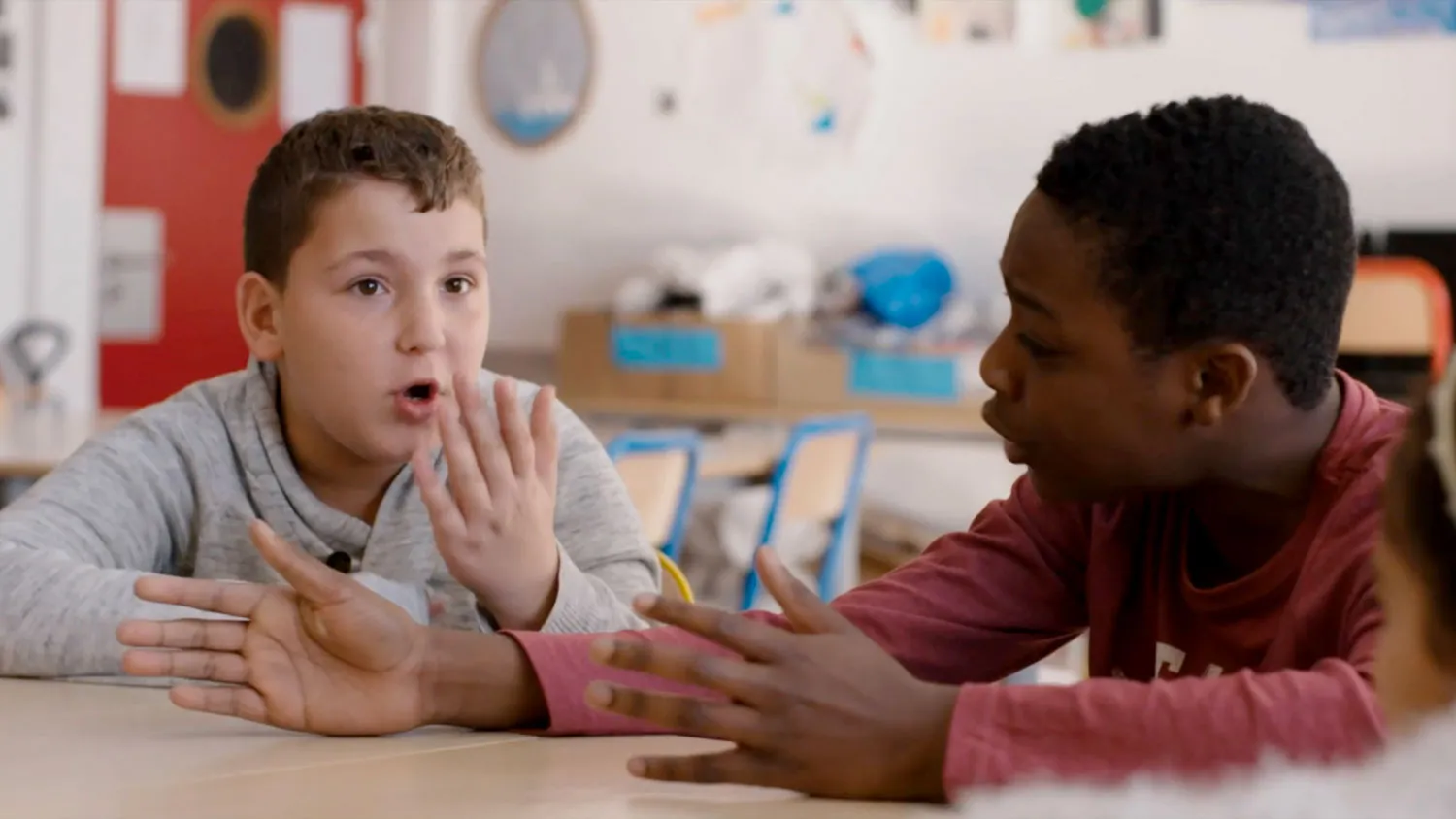
What Are We Doing Here Together?
- Un Film Dramatique (2019)
- By Eric Baudelaire
Eric Baudelaire’s principle that “we would make a film that starts as a film about them, slowly becoming a film made with them, and eventually, after four years, it would end up as a film by them,” produces a brilliantly incisive and intimate feature film that was shot over four years with a group of middle-school students from the Dora Maar School in Saint-Denis, France. Riffing on their own lives, and all that is happening politically and socially around them, the young artists use the implicitly collaborative process of filmmaking as an explicit way to make their own voices heard. Going up against the power structures inherent to the world they will one day inherit, they debate issues of discrimination in the face of the current struggles around racism and immigration in Europe to attempt to answer the central question: “What are we doing here together?”
- ENSAIO / THE REHEARSAL (2018)
- By Tamar Guimarães
Bubbling underneath the wryly comedic attempts to rehearse a dramatization of Machado de Assis’s nineteenth-century satirical novel, The Posthumous Memoirs of Brás Cubas, lies is a searing critique of the racism and sexism of Brazilian society. O Ensaio follows a group of performers directed by a young artist, Isa, as they encounter multiplying difficulties putting together a play for an exhibition. Punctuated by the neurotic repetitions of rehearsal structures and the accompanying group dynamics, the screenplay was developed by Tamar Guimarães in tandem with the cast of largely nonprofessional actors. Described by the artist as a film about “short-lived revolutionary actions,” O Ensaio delves into 1880 Machado de Assis’s prediction that, although the end of slavery would come, “everything would remain the same.”
Refreshments will be served.
Main Image: Eric Baudelaire, Un Film Dramatique (2019). Courtesy the artist and The Cinema Guild.
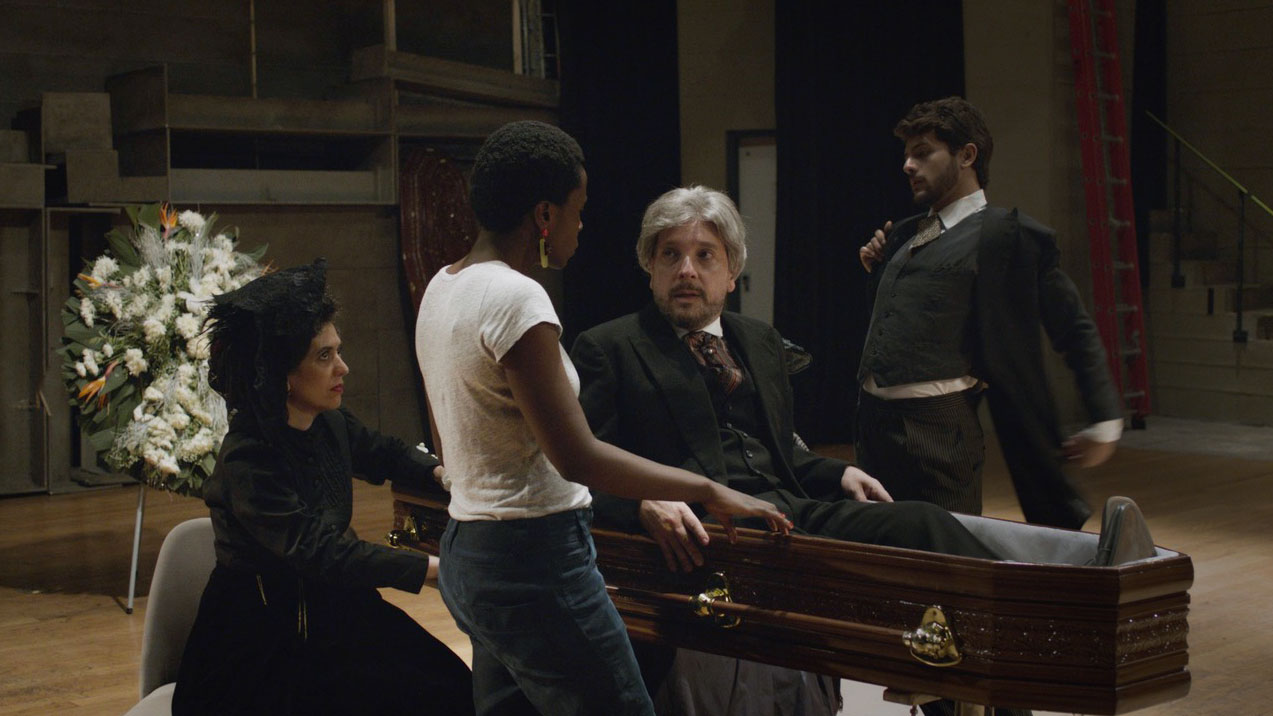
Tamar Guimarães, O Ensaio (2019), Courtesy of the artist and Arsenal-Institut für Film und Videokunst e.V.
Eric Baudelaire, Un Film Dramatique (2019).
Tamar Guimarães, O Ensaio (2019).

